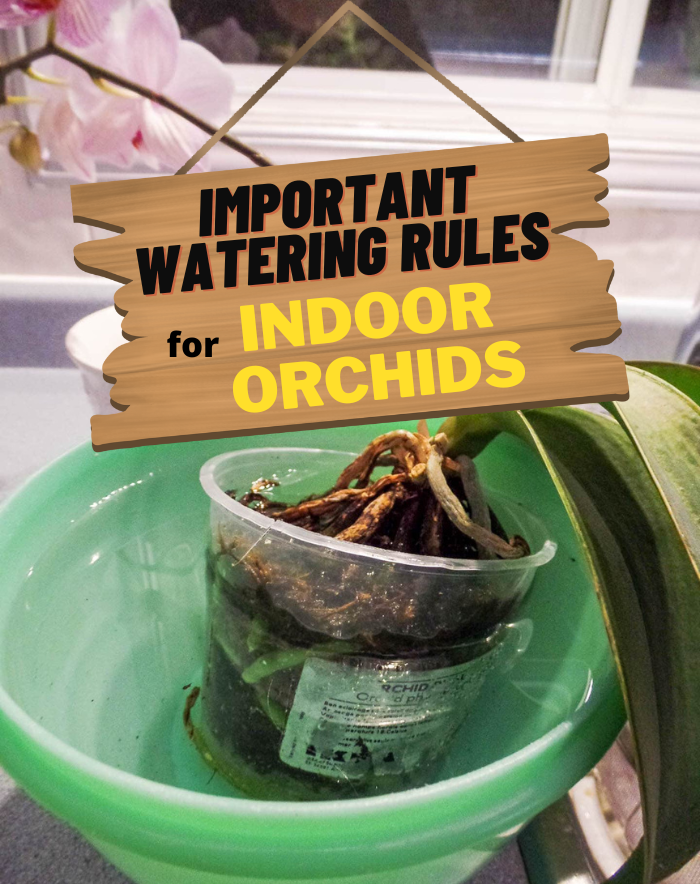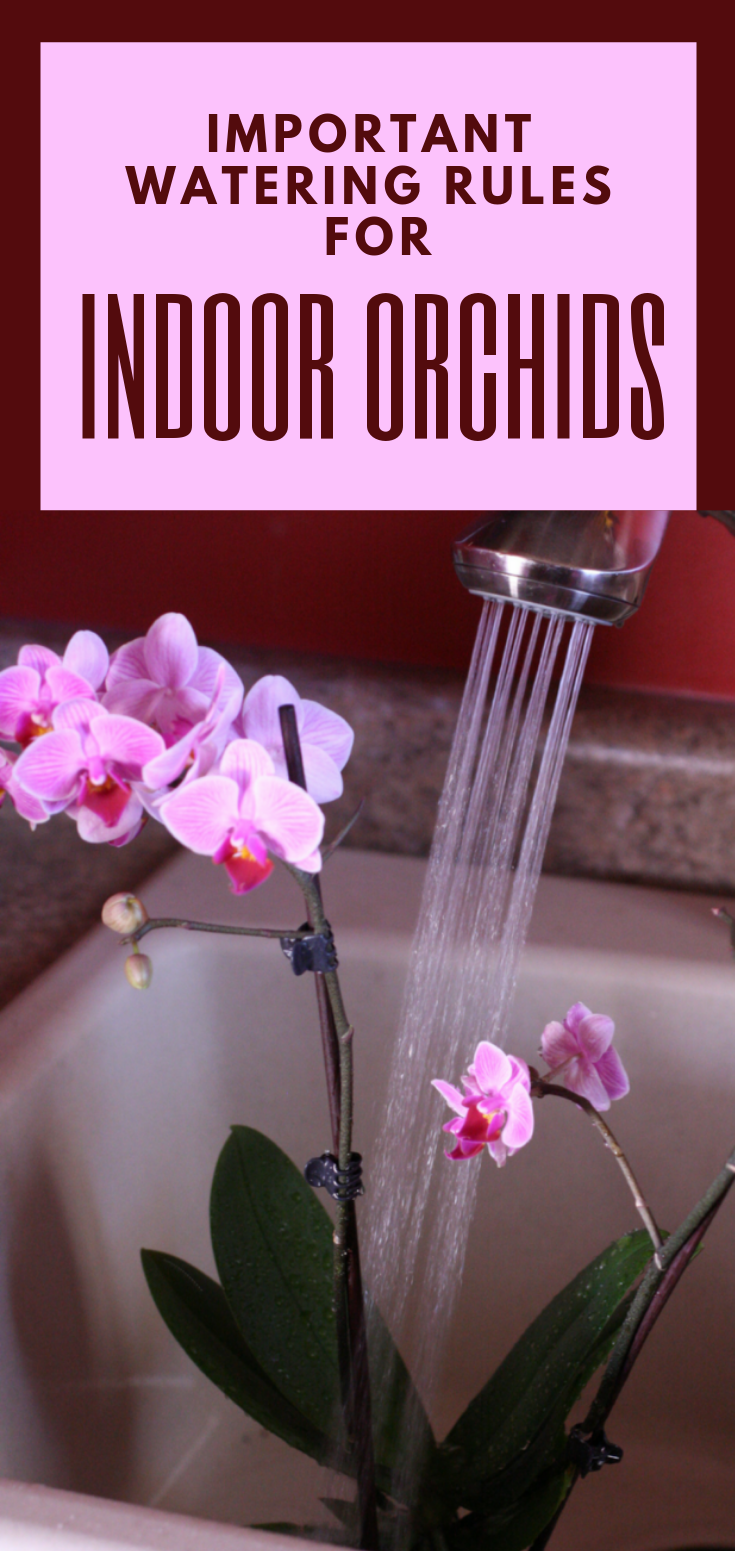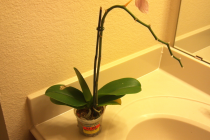Orchids gained their popularity as indoor plants. But in their natural environment, orchids grow tangled on the tree barks, and their roots are directly exposed to sun, air and water.
Orchids are tropical plants, so you might think they need plenty of water. Indeed, in their natural environment they are exposed to torrential downpours that can last hours or even days, but there are many species adapted to dry climates where rain may miss for weeks.
If you love orchids and grow them indoors, you should know some important watering rules. If your doing wrong watering, their leaves will turn yellow and will fall.
🔴 Water the orchid only in the morning. It’s important that the substrate to be damp when the night falls.
🟠 General rule of frequent watering:
– once a week during winter
– twice a week during summer
🟡 Orchids living in small pots will be watered more often than those growing in larger ones.
🟢 The potting mix may be dry on the outside and damp on the inside, so don’t take into consideration it’s appearance when watering your orchid. As a watering trick, stick a skewer stick into the substrate to check its state. If the substrate its moist it means that the watering should be postponed.
🔵 Watering your orchids with rainwater is the best option you have. This water will provide natural nutrients beneficial for orchid’s growth. Tap water should be used with caution due to its chemical content.
🟣 Always water your orchids with room temperature water. Even if the effects don’t show immediately, cold water watering will kill these plants.
🟤 Don’t ever, but never pour water on an orchid’s leaves. If, by mistake, water gets on the leaves, wipe it immediately using a paper towel.
⚫ The rosette should always be dry. Water stagnation in the middle of the rosette will terminate the plant. If any water drop gets in there, it should be removed immediately with a paper towel or cotton buds.
⚪ Excessive watering will turn orchid’s leaves yellow that will eventually lead to your orchid’s death. If your plant is facing this issue, know that this is a sign of root rotting and watering must be stopped for a few weeks.
![]()














0 Comments